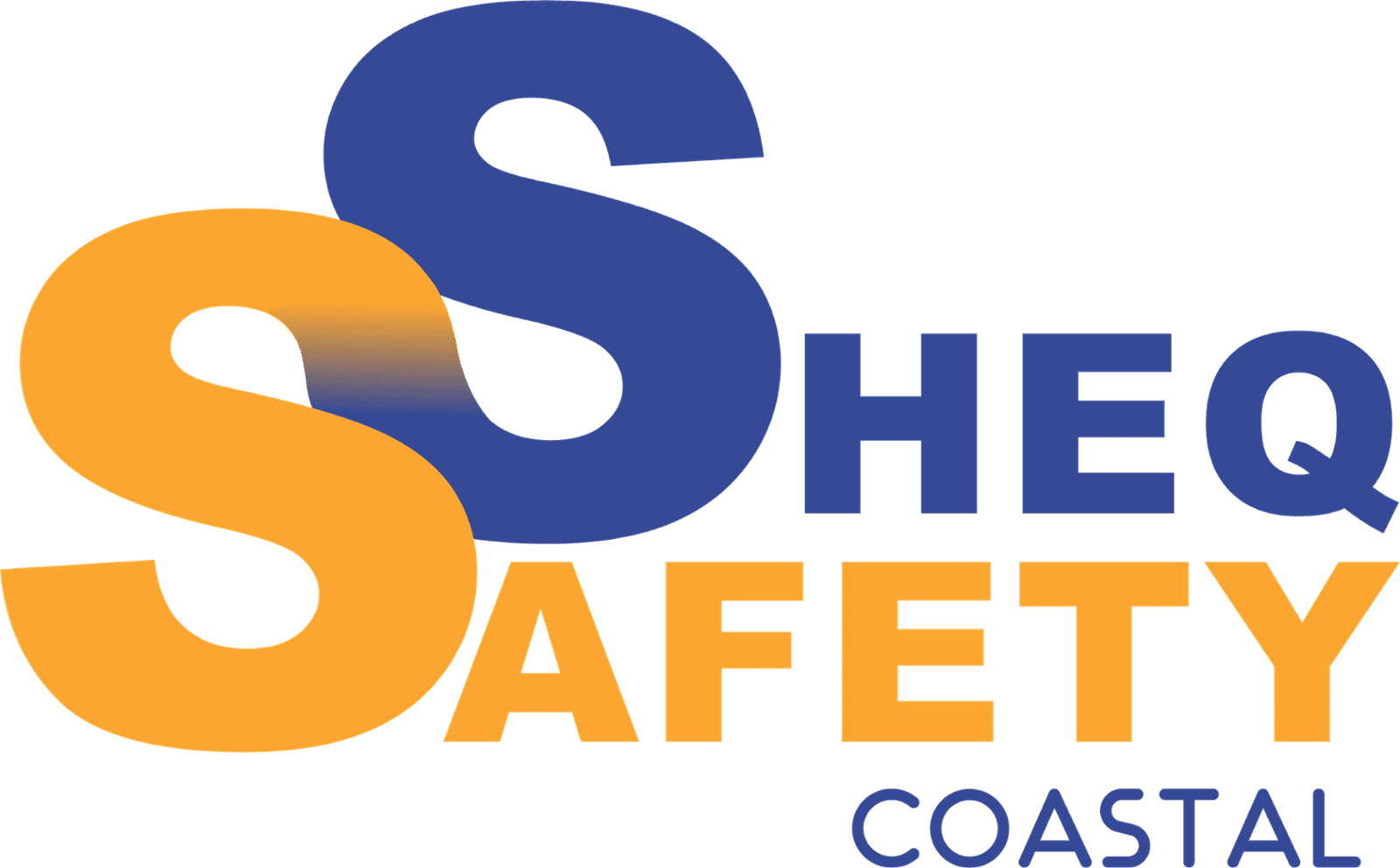A Comprehensive Guide to Understanding Workwear Standards in South Africa
In South Africa, ensuring the safety and protection of workers in various industries is a top priority. The South African Bureau of Standards (SABS) plays a crucial role in this endeavor by establishing rigorous standards for workwear designed to safeguard workers against occupational hazards. Understanding SABS ratings is essential for employers and employees alike to make informed decisions when selecting appropriate workwear. In this comprehensive guide, we'll delve into the intricacies of SABS ratings for workwear, empowering you with the knowledge to navigate the landscape of workplace safety with confidence.
What is SABS?
The South African Bureau of Standards (SABS) is a statutory body that operates under the South African National Standards Act. Its primary mandate is to develop, promote, and maintain national standards to ensure the quality and safety of products and services in various sectors, including manufacturing, construction, and healthcare.
Importance of SABS Ratings for Workwear
SABS ratings for workwear serve as a benchmark for assessing the effectiveness of protective garments in mitigating occupational risks. By adhering to SABS standards, manufacturers demonstrate their commitment to producing high-quality workwear that meets stringent safety requirements, thereby enhancing worker safety and reducing the likelihood of workplace injuries.
Understanding SABS Ratings
SABS ratings for workwear encompass various aspects of garment performance and design, including:
Material Composition: SABS-rated workwear is constructed from materials that have been tested and certified for their durability, resistance to abrasion, tear strength, and flame retardancy.
Protective Features: Workwear may receive specific ratings based on the level of protection they provide against hazards such as impact, penetration, chemical exposure, and electrical conductivity.
Comfort and Ergonomics: While safety is paramount, SABS-rated workwear also considers factors such as comfort, breathability, and freedom of movement to ensure that workers can perform their tasks effectively without compromising on comfort.
Common SABS Ratings for Workwear
Here are some of the most common SABS ratings for workwear:
- SABS 434: Specifies requirements for protective clothing against chemical and biological hazards.
- SABS 782: Covers requirements for protective clothing against heat and flame hazards.
- SABS 1589: Establishes standards for protective clothing against mechanical risks, such as cuts, punctures, and abrasions.
- SABS 1206: Addresses requirements for safety footwear, including impact resistance, compression resistance, and slip resistance.
Selecting SABS-Rated Workwear
When selecting workwear, look for garments that bear the SABS certification mark, indicating compliance with relevant standards. Consider the specific hazards present in your workplace and choose workwear that offers appropriate protection without compromising on comfort or mobility.
Conclusion
In conclusion, understanding SABS ratings for workwear is essential for ensuring the safety and well-being of workers across various industries in South Africa. By familiarizing yourself with SABS standards and selecting SABS-rated workwear, you can mitigate occupational risks and create a safer work environment for all. At Sheq Safety Coastal with our Sahara Workwear Brand, we are committed to offering a wide range of SABS-rated workwear designed to meet the highest standards of quality, safety, and durability. Browse our selection today and invest in workwear that puts safety first.



